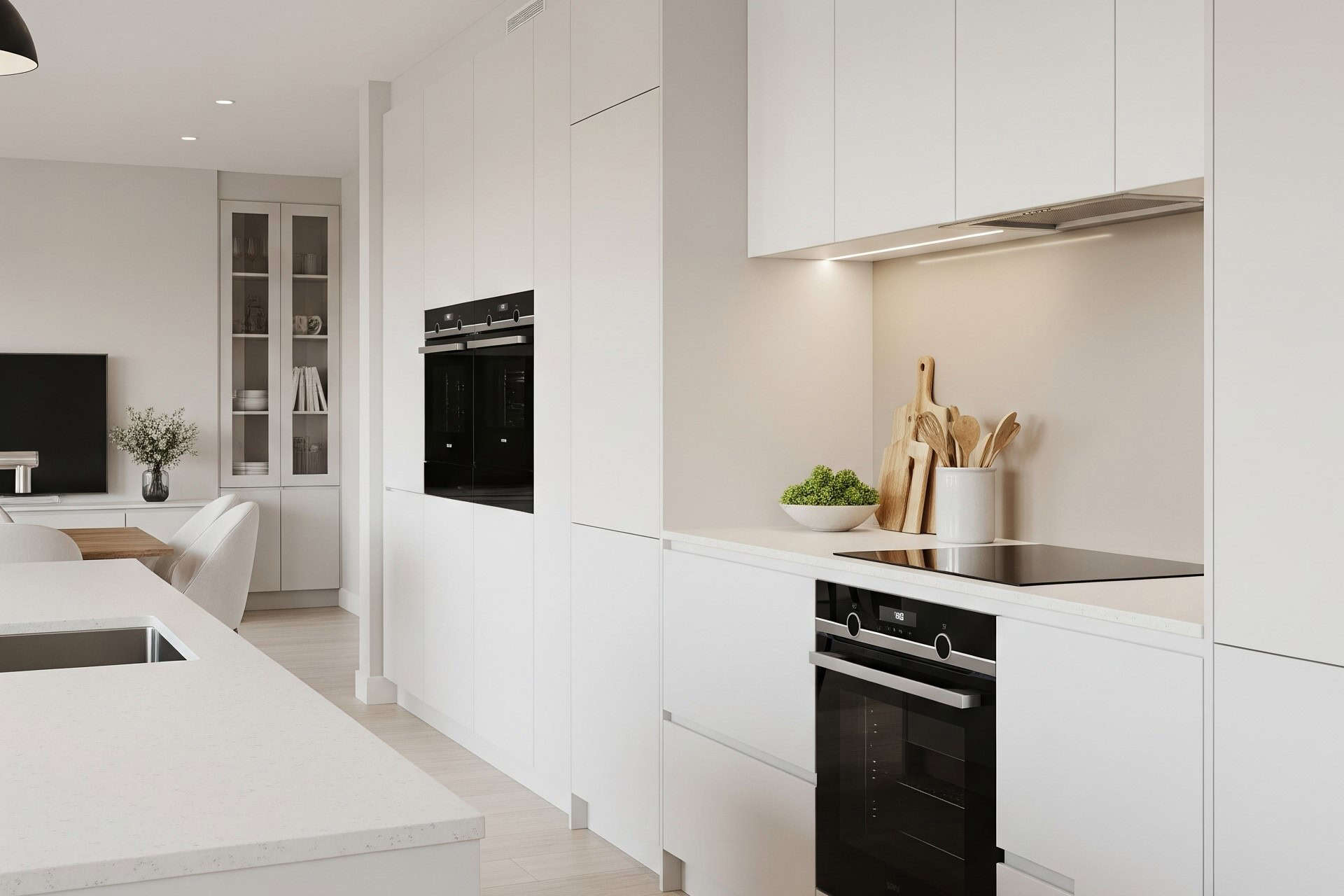
Question: Why Are Induction Ranges So Expensive?
Answer: Induction ranges are expensive due to the complex technology involved. They require specialized components like copper coils and sophisticated power electronics, increasing manufacturing costs.
Induction Cooking: A Premium Price Tag
Induction ranges represent a significant leap in cooking technology, offering precise temperature control and rapid heating. However, this advanced functionality comes at a cost. Many consumers question the higher price tag compared to traditional gas or electric ranges. This article explores the factors contributing to the expense of induction ranges, helping you understand the value proposition and determine if this investment aligns with your cooking needs. We will examine the specialized components, manufacturing processes, and market dynamics that influence the final price. Understanding these elements provides a clearer picture of why induction ranges command a premium. This knowledge empowers informed purchasing decisions, ensuring you select the best range for your budget and culinary aspirations.
We will look at the core technologies, manufacturing considerations, and market influences that contribute to the price of induction ranges. By understanding these elements, you can better assess the value and decide if induction cooking aligns with your culinary goals. This informed approach allows you to choose a range that meets both your budget and cooking requirements.
Sophisticated Internal Components
Induction ranges utilize advanced technology. Copper coils beneath the cooktop generate a magnetic field. This field directly heats the cookware, not the cooktop itself. This focused heating method requires high-quality components like specialized power control boards and sophisticated electronics.
These components contribute significantly to the overall cost. The precise control of the magnetic field necessitates robust circuitry and high-quality materials. These elements are more expensive to source and manufacture than simpler parts in conventional electric or gas ranges.
The efficiency of induction cooking depends on these sophisticated internals. The precise temperature control and responsiveness stem from the advanced electronics that manage the magnetic field generation and power delivery. This precision and efficiency justify part of the premium cost.
Click here for more information on kitchen cabinet refacing near me Toronto
Related Article: What Damages an Induction Cooktop?
Related Article: Can I Use a Small Pan on a Large Ring on an Induction Hob?
Supply Chain and Market Demand
Global supply chains play a role in the price of induction ranges. Sourcing specialized components and materials from various suppliers adds complexity and cost. Market demand also influences the price, as higher demand can sometimes lead to increased prices.
Shipping and logistics contribute to the overall cost. Transporting these delicate appliances requires careful handling and specialized packaging, adding to the final retail price. These factors reflect the complexities of bringing induction ranges to consumers worldwide.
Tariffs and import duties can also impact the price in different regions. These additional costs, imposed by governments, affect the final price consumers pay. These external factors contribute to the overall expense of induction ranges.
Durability and Lifespan
Induction ranges generally offer a longer lifespan than traditional ranges. The absence of open flames or exposed heating elements reduces wear and tear. The smooth glass cooktop is easy to clean and resistant to scratches, further enhancing its durability.
This longevity represents a long-term value proposition. While the initial investment is higher, the extended lifespan potentially offsets the cost over time. This durability makes induction ranges a cost-effective choice in the long run.
Reduced maintenance requirements also contribute to cost savings. The simpler design and lack of complex mechanical parts minimize the need for repairs. This reliability further strengthens the long-term value of induction cooking.
Energy Efficiency and Cost Savings
Induction cooking is remarkably energy-efficient. The direct heating method minimizes heat loss, transferring energy directly to the cookware. This efficiency translates to lower energy bills compared to gas or conventional electric ranges.
Faster heating times further contribute to energy savings. Induction ranges heat cookware rapidly, reducing cooking time and energy consumption. This speed and efficiency benefit both the environment and your wallet.
These long-term savings help balance the initial investment. While induction ranges have a higher upfront cost, the reduced energy consumption over time can offset this expense, making them a financially sound choice.
Safety Features and Advantages
Induction ranges offer several safety advantages. The cooktop surface remains relatively cool, reducing the risk of burns. The absence of open flames eliminates the danger of gas leaks, enhancing kitchen safety. Many models also include automatic shut-off features.
These safety features contribute to the overall value proposition. The reduced risk of accidents and burns provides peace of mind, especially for households with children. This enhanced safety is a significant benefit of induction cooking.
The precise temperature control of induction also prevents overheating and reduces the risk of kitchen fires. This precise control adds another layer of safety, making induction a secure and reliable cooking method.
Conclusion – Why Are Induction Ranges So Expensive?
The higher price of induction ranges reflects a combination of factors. Advanced internal components, sophisticated manufacturing processes, and research and development contribute significantly to the cost. However, the long-term benefits of induction cooking, such as energy efficiency, durability, and safety features, offer substantial value.
When considering the purchase of an induction range, it’s essential to weigh the upfront cost against the long-term advantages. While the initial investment may be higher, the potential for energy savings, reduced maintenance, enhanced safety, and a longer lifespan can make induction cooking a worthwhile investment for discerning home cooks.

Blue Malue Get in touch with Blue here.
